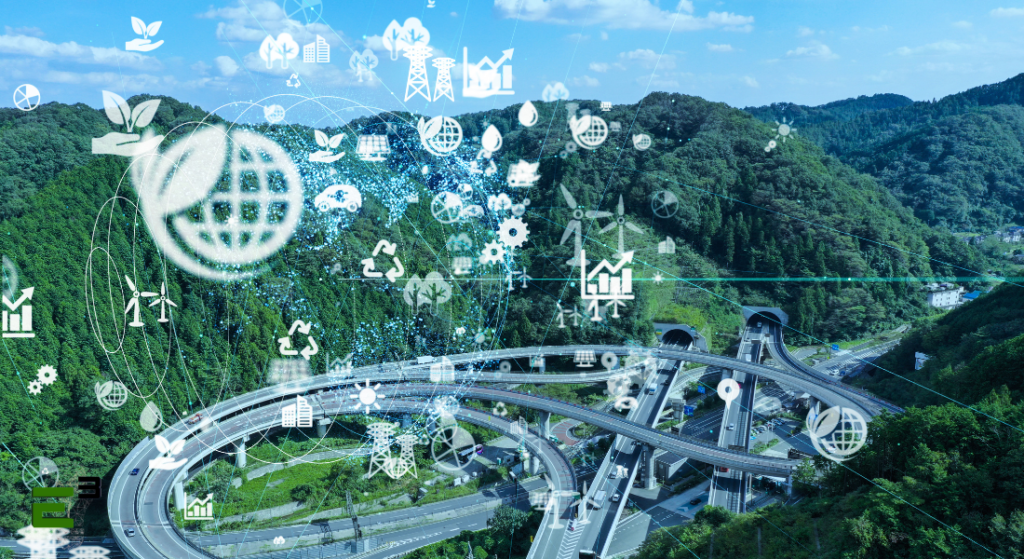The reshoring trends in renewable energy mark a significant strategic pivot within the industry, as companies are actively working to fortify the domestic supply chain. This intentional move reflects a broader commitment to enhancing reliability, security, and control over the entire supply process. The decision to bring back the manufacturing of critical components such as solar panels, wind turbines, and batteries to the home country is a response to the quest for greater autonomy and resilience in the supply chain. Beyond mitigating risks associated with global disruptions, this strategic localization of key components also fosters the creation of local employment opportunities and stimulates the domestic economy. This strategic approach underscores the industry’s recognition of the critical role a resilient supply chain plays in sustaining the continual growth of the renewable energy sector.

Localization of Key Components
The strategy of localizing key components in the renewable energy industry involves transferring the production of essential device parts back to the country of origin. This practice stands out as a response to the pursuit of greater security and control in the supply chain. Companies are bringing the manufacturing of critical components, such as solar panels, wind turbines, and batteries, back to domestic territory.
This movement aims to reduce dependence on international suppliers, mitigate risks associated with global disruptions, and enhance national autonomy in the production of renewable technologies. Additionally, by localizing key components, companies can make faster and more effective decisions in response to changes in market conditions, regulations, and consumer demands. The strategic localization of key components not only enhances the security of the supply chain but also contributes to creating local jobs and boosting the domestic economy. This approach reflects the acknowledgment of the importance of a resilient supply chain to sustain the continuous growth of the renewable energy industry.
Digitalization of the Supply Chain
The application of digital technologies, such as the Internet of Things (IoT) and data analytics, is a significant trend. These tools improve the efficiency, transparency, and adaptability of the supply chain, enabling a quicker response to market demands.
Digitalization of the Supply Chain in the Renewable Energy Industry: The digitalization of the supply chain in the renewable energy industry represents a significant transformation driven by the integration of advanced technologies to optimize processes, enhance efficiency, and ensure transparency.
- Enhanced Transparency: Digitalization allows enhanced visibility at each stage of the supply chain. Technologies like IoT and sensors provide real-time monitoring of component movement, from production to delivery, offering greater transparency and traceability.
- Operational Efficiency: Digital systems for supply chain management automate routine tasks, reducing errors and streamlining processes. Large-scale data analysis facilitates demand forecasting, inventory optimization, and efficient transportation scheduling.
- Artificial Intelligence and Machine Learning: Advanced algorithms use historical data to predict consumption patterns, anticipate maintenance needs, and optimize resource allocation. AI and machine learning contribute to more informed decision-making.
- Digital Collaboration: Digital platforms connect various participants in the supply chain, enabling more effective collaboration. This includes manufacturers, suppliers, carriers, and distributors who can share real-time information.
- Cost Reduction: Automation and optimization provided by digitalization result in a significant reduction in operational costs. More efficient processes, reduced waste, and better inventory control contribute to the financial sustainability of companies.
The digitalization of the supply chain not only improves internal efficiency but also strengthens the resilience of the renewable energy industry in the face of complex challenges, promoting a more sustainable and agile approach to meet the growing demands of the sector.
Sustainability and Recycling in the Renewable Energy Industry
Sustainability is a fundamental pillar in the evolution of the renewable energy industry. Sustainable practices range from choosing eco-friendly materials to the end-of-life of components. Recycling plays a crucial role, aiming to minimize waste and recover valuable materials. Solar modules, wind turbines, and batteries are targets of advanced recycling programs, promoting the reuse of materials and reducing environmental impact. The emphasis on the circular economy drives initiatives that prioritize sustainability throughout the life cycle of products, establishing the industry as a driving force for environmentally conscious and responsible practices. This holistic approach not only meets the growing demands for energy but also preserves the planet for future generations.
Recovery of Critical Minerals
In the renewable energy industry, the recovery of critical minerals is a strategic initiative to ensure the sustainable supply of these essential elements. Minerals such as lithium, cobalt, and neodymium are crucial for manufacturing batteries, wind turbines, and other renewable energy components. Advanced recovery strategies aim to reduce dependence on conventionally extracted minerals, often associated with environmentally harmful practices. Innovative methods, including recycling processes and extracting minerals from secondary sources, have the potential to mitigate environmental impacts and ensure a continuous supply of these essential minerals. This approach aligns with the quest for a more sustainable energy transition with a lower environmental impact.
These trends reflect a movement toward a more resilient, sustainable renewable energy industry capable of addressing future challenges in the supply chain.
These emerging trends underscore a paradigm shift toward creating a renewable energy industry that is not only more robust and sustainable but also well-equipped to navigate and overcome upcoming challenges in the intricate landscape of the supply chain. The industry’s commitment to reshoring critical components, harnessing digitalization for heightened efficiency, and prioritizing sustainability and recycling initiatives positions it at the forefront of innovative and responsible practices. By embracing these transformative approaches, the renewable energy sector is actively shaping a future where environmental consciousness, resilience, and strategic adaptation to evolving supply chain dynamics play pivotal roles in fostering a more enduring and eco-friendly energy landscape.



